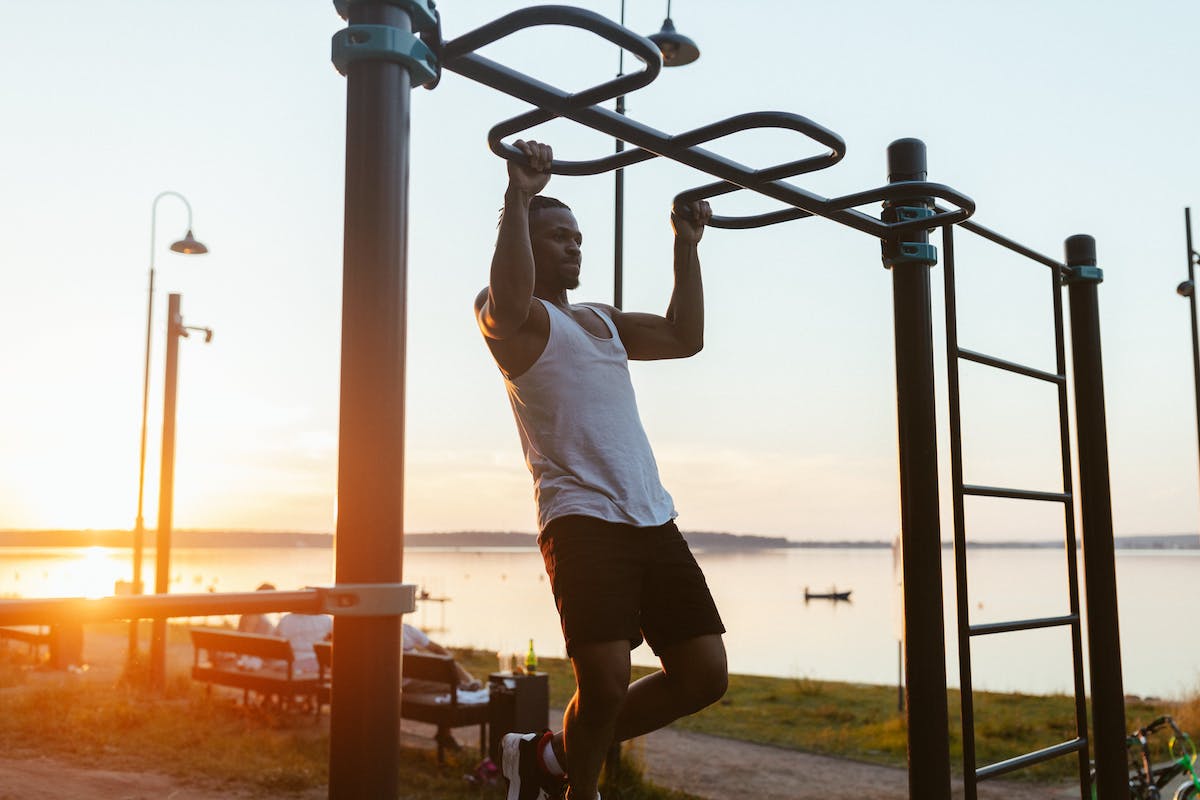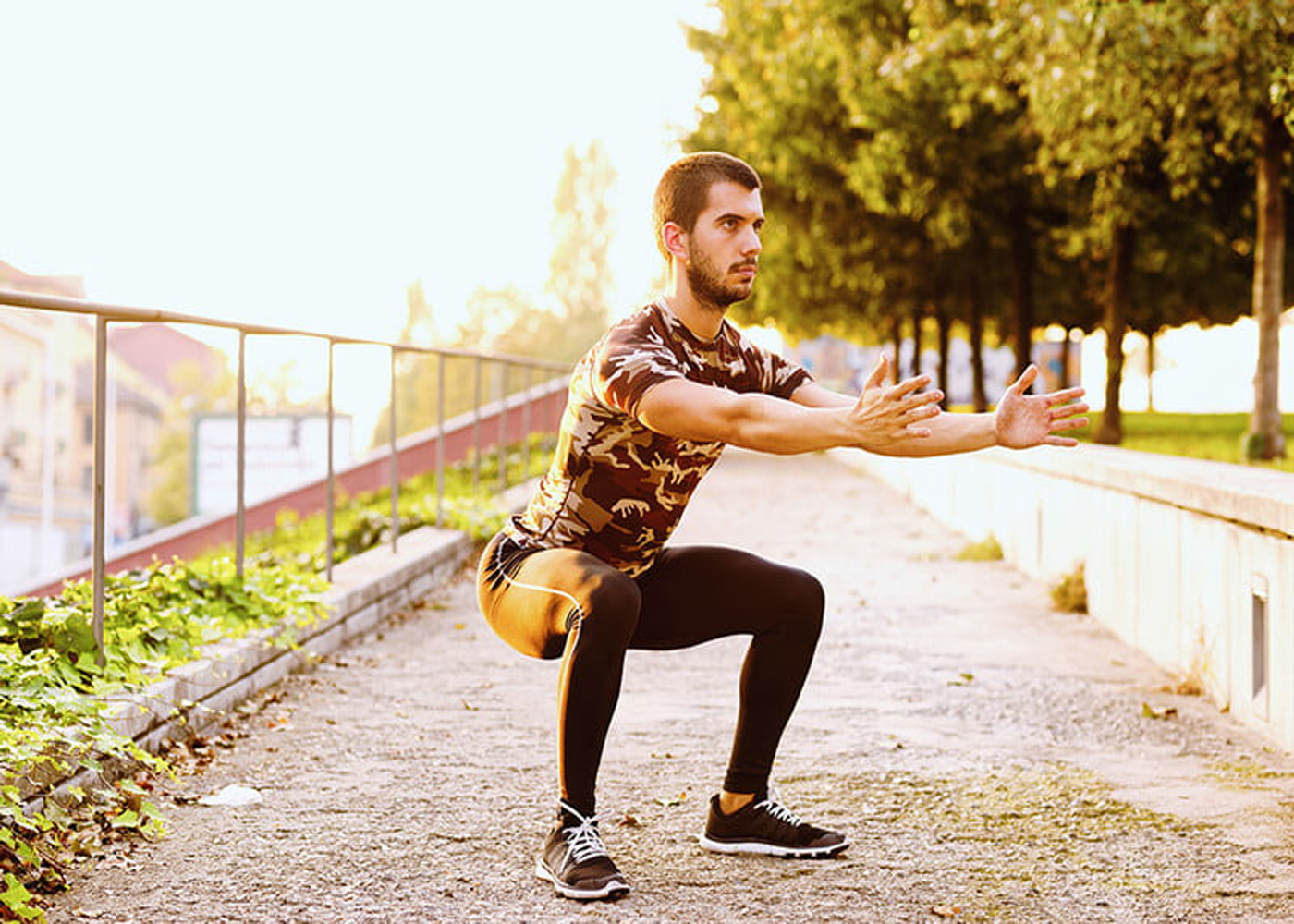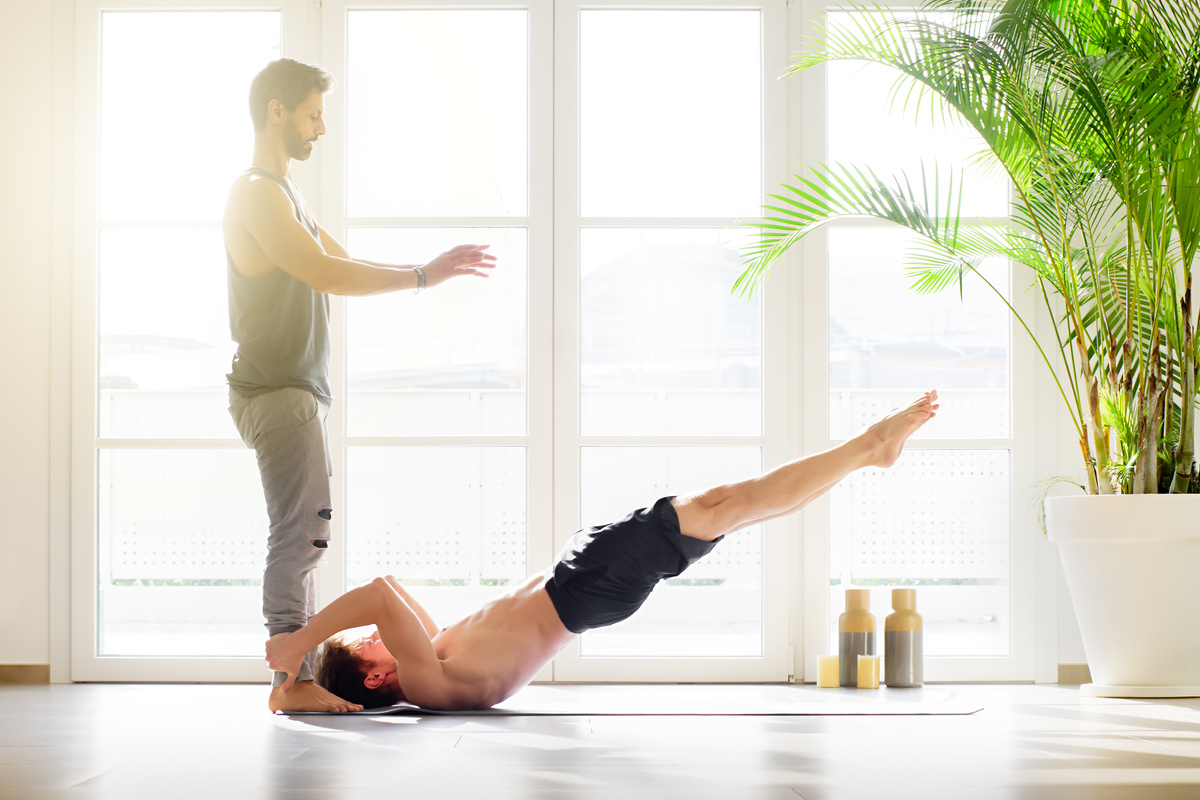
Calisthenic workouts use your body weight as resistance, requiring little to no equipment. This means that you can exercise from the comfort of your home, while traveling, or outdoors. Whether you have heard about this exercise form before or are hearing about it for the first time but do not know what it entails, chances are you have already seen it in action.
Besides the fact that you can avoid gym fees by doing calisthenics, it also has other benefits that make it an excellent addition to your fitness routine. So, if you are looking to try it out, this 28 day calisthenics challenge guide is a great start, as we will explore a range of information, including the benefits, equipment needed, and even tips to help you get the best results.
What are the benefits of calisthenics?

Requires little to no equipment
The best part of the calisthenics exercise is that you can do it anywhere. It does not require several pieces of equipment; most times, all you need is yourself. You do not need to spend money on gym memberships or setting up pricey gym equipment.
Tough workouts require reliable gear that is suitably stretchy and comfortable. That kind of apparel leaves you plenty of room to maneuver, yet it’s put together well enough to last and keep you looking great. A top contender in that realm is Lululemon with its exceptional variety of active and technical apparel. It’s forever fresh, to complete your look, but flexible and cozy to keep you moving, happy, and fulfilled. Come check out your next favorite workout outfit. You won’t regret it.
Improves brain-body connection
Calisthenics training requires your brain to work just as hard as your body and for them to be in sync as well. Regularly practicing calisthenics can help you develop fine motor skills, which can improve coordination, power, speed, strength, stamina, flexibility, and agility.
Helps you build strength effectively
It is not out of place to wonder how to build strength without equipment like dumbbells and resistance bands. However, calisthenics can help you effectively build strength from your body weight alone.
For example, if you weigh 200 pounds, doing a bodyweight pull-up means you are automatically lifting 200 pounds. You might not even be able to do 200 pounds on a lat pulldown, but many people find it easier because your brain can tolerate your body weight better, and the task can be less intimidating.
Gentler on joints
Most times, resistance training, when done incorrectly, can put too much strain on certain joints and soft tissues. Lifting too heavy of weights can create an imbalance and cause problems for your joints, tendons, ligaments, and fascia. But with calisthenics, your body is already used to carrying its own weight; it develops strength and size according to your muscular system, and the movements are natural to your body. Because of this, injuries from calisthenics tend to be few and far between.
What equipment do you need for this calisthenics challenge?

While calisthenics only requires the weight of your body, having additional equipment can greatly increase the number of exercises you are able to include in your routine. We recommend you have access to at least some of the following equipment:
- Dip bar
- Liquid chalk
- Mini parallettes
- Yoga mat
- A foam roller
- Door frame pull-up bar
- Weight belt or dip belt
- Jump rope
- Weight vest
- Calisthenics gloves
28-day calisthenics challenge

The 28-day calisthenics challenge is designed for people looking to enhance their body composition by shedding excess fat and gaining muscle mass.
Over the years, several people have tried it and seen its effectiveness, which is why it has become popular today. This is coupled with the fact that it is a home-based program that does not require gym equipment or memberships, so many can save money while exercising comfortably in their homes or outdoors.
This calisthenics challenge aims to enhance mobility, strength, and functional fitness. The workout sessions do not exceed 30 minutes, so they can be incorporated into any schedule, no matter how busy you are.
More importantly, the workout routine is suitable for people of all ages and fitness levels, so this guide covers a complete seven-day routine that you will repeat for four weeks or 28 days.
After each set, ensure that you take a short break before starting another set. Also, take short breaks between each exercise.
Day one to day six has five exercises each, and day seven is mainly for stretching to help prevent burnout, allow your muscles to repair, and ease pain. It is also important to note that each day has different exercises that work on varying muscle groups in the body, so try your best not to skip any days.
Day 1: Upper Body
- Pushups: 5 sets x 10 reps
- Mountain climbers: 4 sets x 10 reps
- Chin-ups: 4 sets x 8 reps
- Muscle-ups: 4 sets x 8 reps
- Dips: 4 sets x 10 reps
Day 2: Cardio + Abs
Repeat the following for 3 rounds:
- Jumping jacks: 20 reps
- Planks: 30 seconds
- Burpees: 15 reps
- Hollow body hold: 30 seconds
- Jump squats: 15 reps
- Russian twists: 16 reps total
Day 3: Lower Body
- Lunges: 4 sets x 10 reps
- Squats: 5 sets x 15 reps
- Box jumps: 2 sets x 10 reps
- Glute bridges: 5 sets x 10 reps
- Leg raises: 5 sets x 10 reps
Day 4: HIIT
Repeat the following for 4 rounds:
- Jumping jacks: 20 seconds
- Jumping lunges: 20 seconds
- Side planks: 30 seconds
- Jump rope: 30 seconds
- Jogging in place: 30 seconds
- Rest for 2 minutes.
Day 5: Upper Body
- Clapping push-ups: 4 sets x 10 reps
- Dragon walk: 4 sets x 10 reps
- Diamond press-up: 4 sets x 8 reps
- Pike push-ups: 2 sets x 10 reps
- Tricep extensions: 4 sets x 8 reps
Day 6: Lower Body
- Hip thrusts: 4 sets x 10 reps
- Calf raises: 4 sets x 10 reps
- Pistol squats: 4 sets x 8 reps
- Hover lunges: 4 sets x 10 reps
- Bulgarian split squats: 3 sets x 10 reps
Day 7: Mobility + Flexibility
- Downard dog: 1 minute
- Foam rolling: 30 seconds
- Forward fold: 30 seconds
- Camel pose: 30 seconds
- Child’s pose: 2 minutes
- Arm circles: 30 seconds
Tips for optimizing your results

- A calisthenics workout may seem easy, but it is strenuous. So, you should do a health check before you begin this challenge. Check with your doctor to ensure you are fit to do challenging exercises to avoid health issues.
- All calisthenics workouts will produce better results if you maintain a perfect form in each rep. Hence, avoid rushing to complete a set without proper form.
- You cannot ignore warm-ups and stretching during the 28-day calisthenics workout. Regardless of how energetic you may feel, it is crucial to warm up and stretch before and after your workout to prevent injuries and burnout and to enhance muscle repair.
- Get a workout partner or a coach who will encourage you, ensure you use the proper form, and keep you committed to your goals.
- You should be ready to invest your time in this challenge to get the maximum results. Remember, each day’s routine is important, and as you progress in the challenge, it becomes less strenuous. Therefore, try to stay consistent till the end.
- Your diet will greatly affect the results you can achieve from your workout. You should pay attention to your diet and make it suitable for the results you desire. Try to stick to whole foods and eat plenty of high-protein sources.



